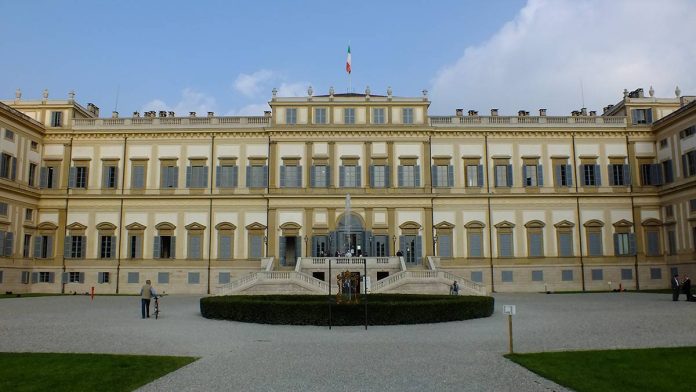The Triennale Design Museum collection comprises more than one thousand items and a selection of over 200 iconic pieces are being presented in Monza to testify to the innovation, experimentation and heterogeneity of Italian design down through the years.
With an installation signed by Michele De Lucchi, the layout is organized chronologically from the fifties to the present day, alternating the works of great designers (from Gio Ponti to Piero Fornasetti, from Franco Albini to Bruno Munari and from Alessandro Mendini and Andrea Branzi) with those of talented newcomers.
The pieces on display are some of the most representative in terms of formal and technological innovation applied to product design: they include the Bombé series by Alessi of 1945, the Lettera 22 by Marcello Nizzoli for Olivetti dated 1950, Arco by Achille and Pier Giacomo Castiglioni of 1962, through to the Carry-on wheelbarrow designed by Francesco Faccin in 2013.
“Together with Triennale Design Museum, Triennale di Milano returns to Monza, to the very place where it was first conceived – states Claudio De Albertis, Triennale di Milano Chairman. – And it does so, with a great sense of commitment, by lending out one of its most valuable assets: the Permanent Collection of Italian Design. This commitment also anticipates another great appointment of 2016, the XXI International Exhibition of the Milan Triennale, whose theme will be 21st Century. Design After Design and which will be held right here at the Villa Reale in Monza, one of its most important landmarks together with the Palazzo dell’Arte di Milano and other prestigious Milanese venues”.
“Triennale Design Museum – states Carlo Edoardo Valli, Chairman of the Monza and Brianza Chamber of Commerce – will be a place in which to cherish our recollections of the past, to recover the roots of our identity. This venue will host a dynamic exhibition, made up of forums and training sessions, a workshop for sharing and safeguarding our design philosophy and savoir-faire. Our aim is to set up a dialogue between the traditional expertise of artisanal workmanship and the innovation expressed by the new ‘makers’, offering the possibility to young craftsmen to meet the protagonists of design, culture, manufacturing and experimentation”.







